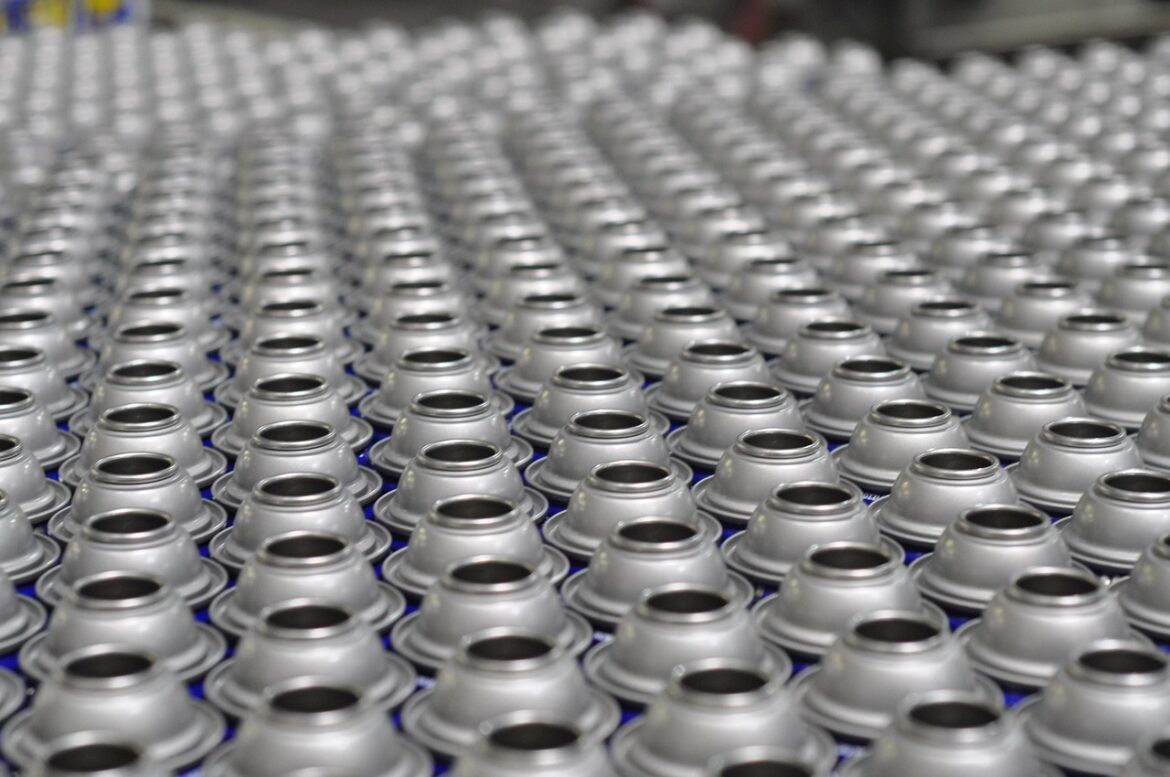The automotive world in 2025 is a dynamic river—always flowing but now more unpredictable than ever.
The Inventory Squeeze and Price Surge One of the biggest ripples stirring up the automotive waters is the tight grip on new-vehicle inventory. In May 2025, inventories dropped by over 10% compared to last year, landing at just around 2.49 million units. This tighter stock means fewer cars on dealer lots, which inevitably pushes prices upwards. Add to that the looming threat of a 25% tariff on imported vehicles and parts from Canada and Mexico, and you get a perfect storm that’s driving transaction prices sky-high. Car buyers now face average prices nearing $49,000, a hefty sum that’s partly the result of manufacturers hiking their suggested prices to offset rising production costs.
How Automation Smooths the Supply Chain Meanwhile, behind the scenes, automation is stepping into the spotlight as a game changer for supply chains. Warehouses have embraced smarter technology—with robots picking, sorting, and relocating vehicle parts and materials rapidly and more accurately than human hands alone. These robotic helpers aren’t just speeding up operations; they’re helping companies overcome labor shortages and prepare for unpredictable demand spikes.
Imagine conveyor belts with the equivalent of eyes and hands or robotic carts that navigate warehouses autonomously—these aren’t scenes from a sci-fi movie but realities unfolding in logistics hubs. This automation, paired with AI-powered demand forecasting, lets supply chains replenish exactly what’s needed without delay—critical for avoiding bottlenecks in car production.
From Hardware to Software-Defined Vehicles: The Supply Chain Evolution The industry is also navigating a shift from traditional hardware-centric vehicle manufacturing toward software-driven design. The concept of the software-defined vehicle (SDV), once experimental, is now mainstream. Experts highlight this transformation demands new kinds of supply chains—ones that can handle frequent software updates, over-the-air upgrades, and rely heavily on digital twins for design and testing.
This new software focus means the supply chain isn’t just about parts arriving on time—it’s about integrating connectivity modules, powerful chips for 5G infotainment systems, and collaborating on open software platforms. The shift requires breaking down silos between manufacturers and suppliers, fostering partnerships that prioritize innovation and standardization over customized hardware components.
China’s Pivotal Role in Supply Chain Shifts China remains a key player driving these changes. The country is leading the charge with vehicles featuring cutting-edge electrical and electronic architectures. Around a third of new vehicles made there now have advanced centralized controllers and software capabilities that allow features like continuous subscription services and smart functionality upgrades.
Such innovation influences global supply chains by emphasizing the need for flexible, tech-savvy manufacturing and logistics practices that can adapt quickly. Suppliers worldwide look toward China’s model as a roadmap for integrating powerful semiconductors, next-gen materials, and digital connectivity solutions.
What This Means for Car Buyers and Industry Watchers For consumers, all these supply chain movements translate into higher prices and potentially fewer choices at dealerships—at least for now. But the long-term picture is one where cars become smarter, upgrades arrive seamlessly over the air, and manufacturing becomes more responsive and efficient.
For industry stakeholders, the challenge lies in navigating tariffs, embracing automation, and shifting business models toward software-centric approaches, all while balancing cost and innovation.
In a Nutshell:
- Inventories are tight; prices are rising due to tariffs and production costs.
- Warehouses are embracing robots and AI to boost speed and reduce mistakes.
- The industry is shifting from hardware-intensive to software-defined vehicle supply chains.
- China leads with advanced vehicle technology, influencing global supply strategies.
As the automotive supply chain river continues to twist and turn in 2025, those who adapt quickly—embracing automation, software innovation, and strategic partnerships—will navigate its currents most successfully.
References:
- https://www.techinsights.com/blog/five-key-trends-automotive-2025
- https://www.spglobal.com/automotive-insights/en/blogs/2025/02/us-auto-sales-2025
- https://www.ainvest.com/news/steering-storm-navigating-automotive-market-shifts-2025-2506/
- https://www.spglobal.com/automotive-insights/en/blogs/2025/03/us-auto-inventory-levels
- https://www.techinsights.com/Automotive-Outlook-Report-2025
- https://www.wardsauto.com/vehicles/upstart-manufacturers-influencing-entire-automotive-industry-analyst-takeaways-from-autotech-2025
- https://www2.internationalinsurance.org/GR-8-10/files?dataid=mIp51-6805&title=hawaii-written-permit-test.pdf
- https://www.fingerlakes1.com/2025/06/23/top-logistics-tech-trends-for-2025-smarter-deliveries-even-more-automation/



